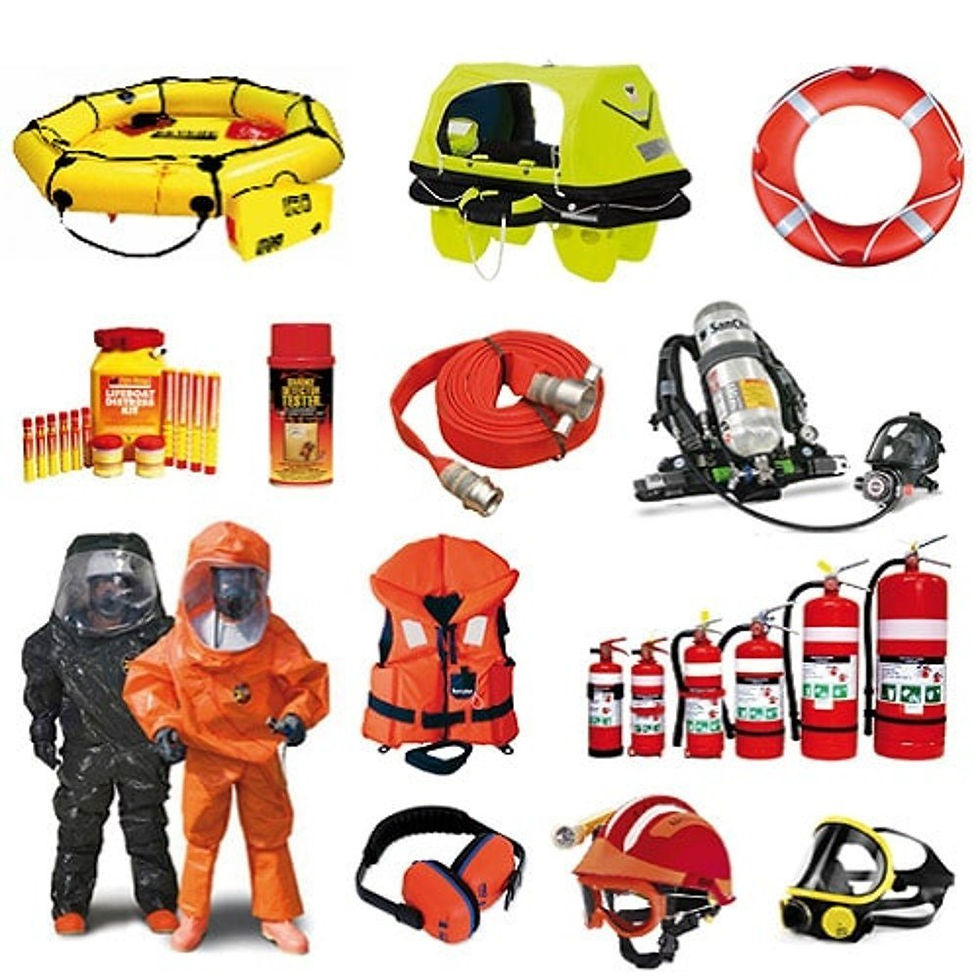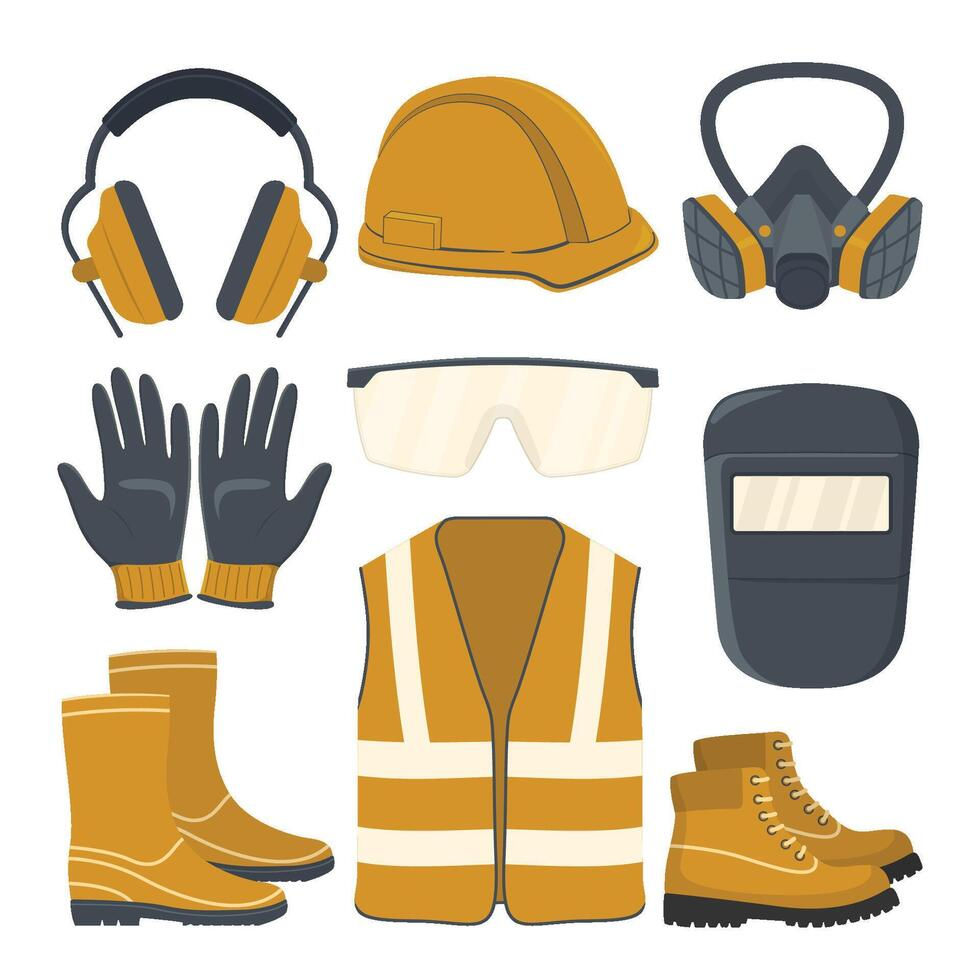Quality Versus Quantity Choosing the Right Safety Equipment Supplies
- Nivi Watson

- Aug 11
- 3 min read
Updated: Oct 3
When it comes to ensuring the safety and security in workplaces, particularly in high-risk spaces, do you ever stop and ponder - is it the quality or the quantity of safety gear that truly matters? How do you determine the ideal equilibrium that keeps your employees safe while also meeting the company’s financial limitations? Crucial as they are, these questions often go unanswered, leaving both businesses and their workers vulnerable to risks. In this comprehensive guide, we will delve into the contrasting aspects of quality and quantity in the realm of safety equipment supplies australia, helping you make the most informed decision in your procurement process.
As we live in an era where safety standards continuously evolve, adapting to new research findings, innovation, and fluctuating industries' demands, understanding the value of safety equipment is crucial. Taking a passive approach could spell disaster for your organization — leaving workers unprotected, you could be violating industry standards, encountering costly litigations, and beyond the financial aspect, risking people's lives. We're demystifying this subject, tailoring this guide to those who hold stakes in industries where safety is paramount.
Through thought-provoking insights and research-based knowledge, we aim to lighten your load. Whether you're a safety supervisor in the manufacturing sector, a construction foreman, or a healthcare manager, this blog post will help streamline your safety equipment procurement process effectively, balancing the scales of quality versus quantity.

Understanding the Importance of Quality in Safety Equipment
Quality should be your primary consideration when procuring safety gear. Prioritizing high-quality safety equipment guarantees durability, providing longer-lasting protection and in turn ensuring workers' well-being. Additionally, quality equipment aligns better with regulatory standards, helping you avoid potential legal and financial tribulations.
However, acknowledging the importance of quality doesn't necessarily allow for a comfortable compromise on costs. High-quality equipment often tags with noticeably higher prices, which can significantly inflate your budget if not carefully managed. So, while the benefits of quality are undeniable, real-world limitations necessitate more practical, financially-oriented considerations.
A strategic approach is to prioritize the quality of equipment that's most critical in mitigating hazards in your workplace. Protective headgear or respiratory equipment, for instance, should not be compromised upon, considering the potentially severe consequences.
The Role of Quantity in Safety Equipment Procurement
There are instances where quantity holds relevance too. For businesses employing a large number of workers or experiencing higher levels of equipment wear and tear, ensuring an adequate equipment supply becomes pivotal. Sticking to a strict "quality-only" model could leave you short in sufficiency, thereby exposing your staff to hazards.
Moreover, certain equipment types necessitate regular replacements, so stashing in bulk makes sense. Items like gloves, masks or goggles may be more cost-effective to purchase in larger quantities, allowing you to maintain a consistent flow of supplies without compromising safety.

The key to successfully managing quantity lies in adopting a judicious approach. Assessing your company's specific needs and understanding the lifespan of various equipment types will guide you towards the most efficient purchasing strategy.
Evaluating the Pros and Cons of Quality and Quantity
Weighing the value of quantity against quality requires a nuanced understanding of the pros and cons each present. The most pronounced benefit of quality includes longer lifespan, enhanced safety, and assured regulatory compliance but with cost implications. On the contrary, opting for quantity allows for constant equipment availability and can be cost-effective for frequently replaced items. However, lower-quality gear may fail more often and potentially compromise safety.
Balancing Quality and Quantity: A Strategic Approach
Reaching an optimal equilibrium between quality and quantity involves careful consideration and strategic planning. Begin through conducting a thorough risk assessment of your workplace to identify pivotal equipment. Prioritize quality for these core needs, and invest moderately for other equipment where frequent replacements are needed.
Safety Vendors: Ensuring Quality and Adequate Supplies
Partnering with reliable safety equipment suppliers guarantees access to premium-quality products and sufficient quantities to meet your needs. Vendors with a proven track record in safety standards adherence, responsiveness, and vast product range are ideal choices.
Conclusion:
Upon dissecting the delicate thread that binds quality and quantity in the sphere of safety equipment supplies, we conclude that both aspects hold their intrinsic value. Prioritizing one over the other may not always hold, as needs can vary greatly between workplaces. A more strategic approach, understanding your company's unique needs, and forging partnerships with dependable vendors, leads to an optimal balance. Remember, balancing quality and quantity isn't about compromising safety—it's about ensuring it while effectively managing resources.



Comments